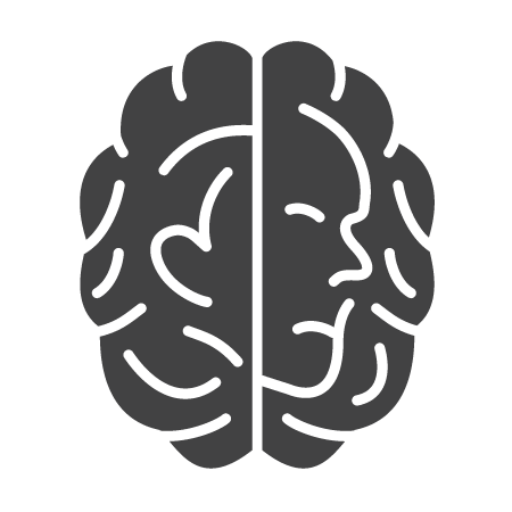Identity differences
The components of the self (e.g. race, ethnicity, gender, sexual orientation, religion, ability, class status, educational background, etc.) that result in people being sorted into culturally or institutionally relevant groups.
Race
Race is a social construct that categorizes people in ways to maintain social status and hierarchy.
Identity anxiety
Identity anxiety is a stress response before, during or after a cross-group interaction. People from “out-groups” may fear that they will experience bias or discrimination. People from “in-groups” may fear that their words or actions will be seen as biased.
Identity Threat
The fear of loss of power for one’s own identity group.

